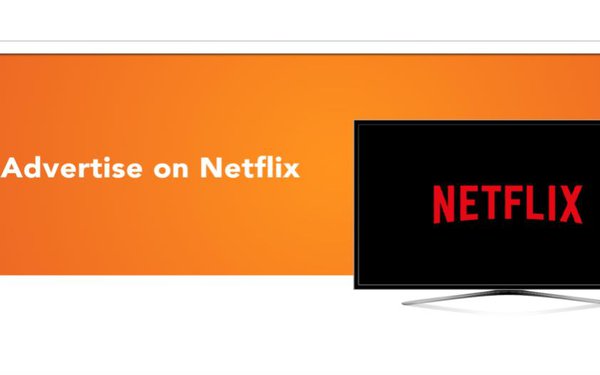
While acknowledging that its ad-supported plan
still has far to go to achieve the subscriber scale and reach that advertisers need, Netflix executives say they can ultimately outperform streaming rivals in the ad space through their approach to
consumers, combined with delivering sophisticated capabilities to advertisers.
Netflix believes that it’s in a “great position” to win a share of the $180 billion opportunity
(excluding China and Russia) in global advertising across linear and connected TV and digital video giants like YouTube because its content, brand safety and subscriber engagement are all attractive
to advertisers, Co-CEO Greg Peters said during the company’s Q3 earnings call on Wednesday.
As part of its push to realize that potential, Netflix this week announced that it is expanding ad formats (including adding a
“binge” format) and launching title sponsorships for seasons, series and new, homegrown live sports events.
advertisement
advertisement
Peters also confirmed that in addition to rolling out ad buys within its
top 10 content offerings, Netflix is working with ad-tech partner Microsoft to offer more ways to access its ad inventory programmatically. Expanded targeting offerings should roll out “in the
near future” as the first step in increasing ad relevance, he said.
But measurement is at the top of the list of priorities, Peters stressed. So in addition to launching a measurement
partnership with Nielsen in the U.S. this month, Netflix is working to deliver similar measurement capabilities to serve a “long list of partners across other countries,” he said.
“We’ve got a lot of work to do on all of those fronts, but we’ve always said this is a multi-year build to multi-year progress,” Peters added.
The other half of the
advertising success strategy is delivering ad experiences that win over consumers, he said.
“I think what we are seeing is that in some of our countries consumers think about a
[streaming] ads experience mostly anchored in linear and [their resulting expectations] around ad load frequency rates,” he said, seeming to imply that streaming competitors may be falling short
of delivering a winning ad experience.
Netflix believes it needs not only to educate consumers about its ad experience, but give them the ability to make choices about it based on their own
preferences.
The key is using data gained as the ad-free tier’s uptake grows to create models and capabilities for delivering relevant ads and personalized experiences and minimizing
repetition and intrusiveness, he said.
According to some reports, new
subscribers to the with-ads plan see about four minutes of ads per hour, while those who cancel but re-up are served just 60 seconds or fewer of ads per hour, initially, before ad time is gradually
ramped up again. Leading to speculation that Netflix's "education" program includes a sophisticated process for desensitizing ad-adverse viewers.
Netflix said that the number of
subscribers in its Basic With Ads plan grew by 70% quarter over quarter in Q3, and that on average, 30% of new sign-ups are for the with-ads plan in regions where it is offered.
But Netflix
hasn’t publicly revealed actual numbers of with-ads subscribers since last May, six months after the plan’s launch, when the company said it had attracted nearly 5 million sign-ups
globally. In July, Netflix was reportedly telling advertisers that there were 1.5 million U.S. subscribers to the ad plan in the U.S. — out of about 75 total U.S. Netflix subscribers.
On
Wednesday, Netflix executives also said that the company, which has said it expects advertising to generate a minimum of 10% of its revenue at some point, is sticking with that modest statement of
expectation for the present.